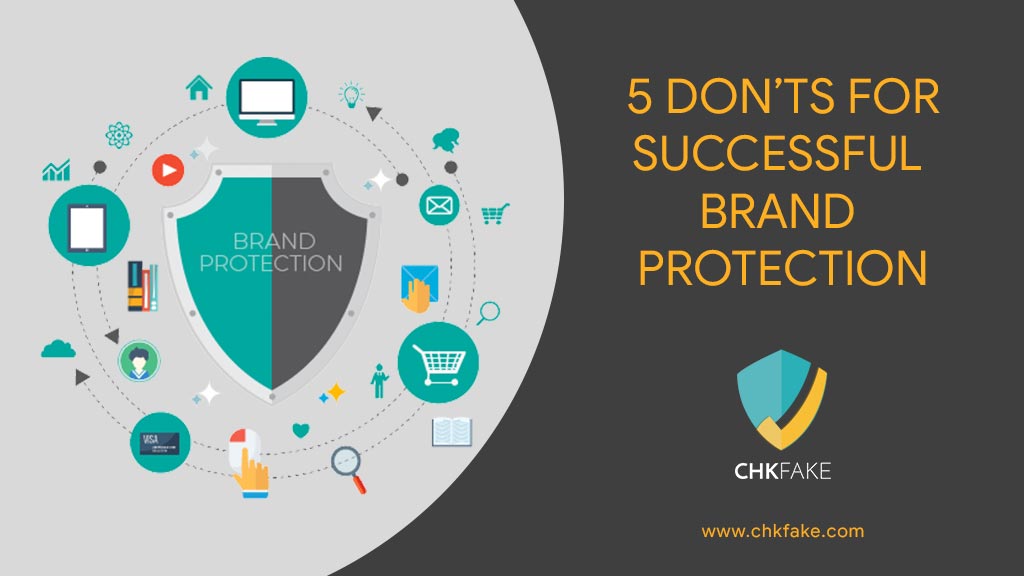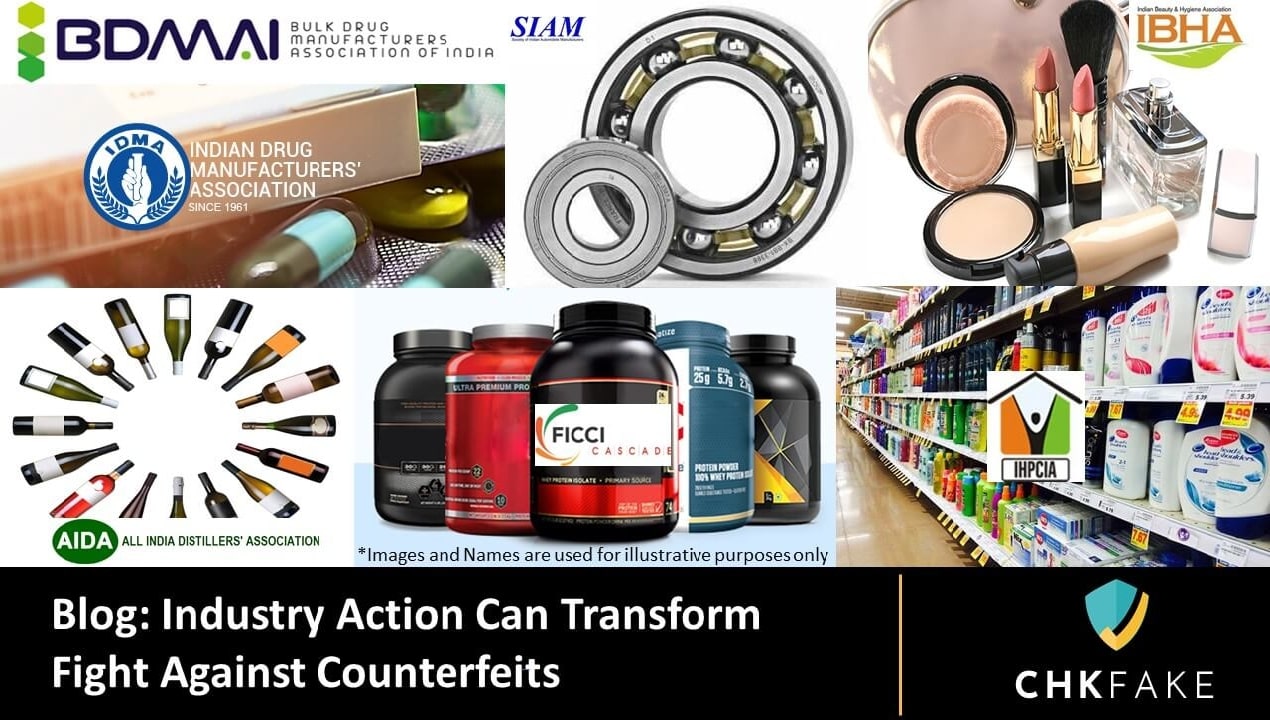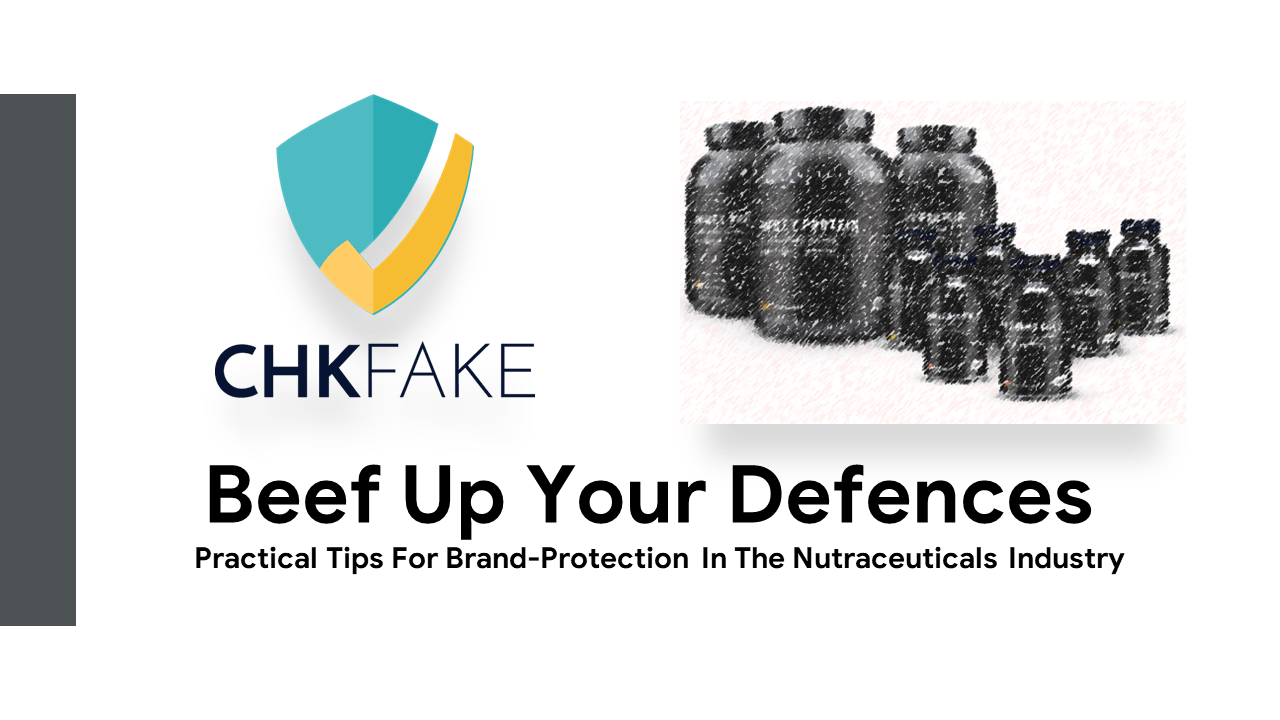“Nearly 20% of all pharma products sold in India are counterfeit (Office of the US Trade Rep)
India is the world’s third-largest drug producer by volume and its pharma market is expected to grow to $55 billion by 2020.
The pharma industry is expected to grow by 11-13% by 2020 as per a report by ICRA.”
With 20% of the revenue being lost to counterfeits in a fast growing pharmaceutical industry, one would anticipate that this would be one of the top priorities for CXOs, business leaders and their legal eagles. One would also assume there would be considerable resources deployed for checking this menace.
But a review of the annual reports of the country’s top 10 pharma companies shows that words like “counterfeit”, “spurious” or “fake” drugs do not find any mention! Another look into the organizational profiles suggest that the number of employees assigned brand protection responsibilities constitute not even 0.1 % of the work force.

This ‘problem’ is not just limited to the pharmaceutical industry. Very few industries and brand-owners are proactive in protecting themselves from counterfeits or lookalikes. Brand protection is considered a step child of the organization and those who are entrusted with the function do not have clearly defined roles or Key Result Areas (KRAs).
Since the CX level doesn’t want to talk about it, there is no management support for brand protection initiatives amongst the rank and file. It is typically thrust under the Legal department, or someone from Marketing or Sales is asked to double-hat. To be successful, a systematic approach is needed for any organization to stand a chance to check or control counterfeiting or trademark infringement.
In order to develop a successful Brand Protection program for your organisation, let’s begin by first listing down what you should not be doing if you have to achieve any success.
1. Don’t be oblivious to the issue
Quite a few brand owners I have spoken to believe that they don’t have a counterfeit problem! Given the scale and scope of the counterfeit industry globally, if you have a successful brand, you have a counterfeit problem. Burying your head in the sand doesn’t make it go away.

2. Don’t get lulled into inaction
Often, brands shy away from taking any action at all as they feel that if they even talk about counterfeiting, their market share will take a hit as customers are liekly to assume that their brand is particularly vulnerable to counterfeits. Nothing could be further from the truth.

If a brand is visibly seen as fighting counterfeits, it reinforces the message that the brand cares about its customers and is looking out for them. You end up building brand equity, not losing it.
If however a brand doesn’t take any action, it causes a bigger damage not only to its immediate revenue, but also to its reputation in the long term. Most worryingly, the brand may unwittingly be putting its customers’ health, safety and trust at risk.
3. Don’t act in silos
Brand protection measures are too often conducted as a Tick-the-Box exercise.
A typical first level of defence for a brand owner is to slap the cheapest hologram that Supply Chain can find onto their product. No thought is given to whether the hologram can be copied or not, or how the customer will identify the genuine hologram. No thought is given to how the customer is expected to report a counterfeit, nor is any protocol laid out for the brand to respond to such a report.
The other well-worn approach is to have an Enforcement led strategy which involves taking legal action of some kind on counterfeit instances that come to light (Cease & Desist notices or Raids or/ and Civil suit or Criminal case etc.). This approach is reactive in nature and the brand owner typically hasn’t thought about whether this impacts their counterfeit issue at scale at all or not, or even whether generating this intelligence on counterfeits is fully optimised.

A one-horse strategy does not work. Organisations need an integrated, cross-functional approach to be successful in brand protection.
4. Don’t go it alone
Never believe that you are all alone in your fight against counterfeits. There are multiple resources to draw upon to learn from others on what works and what doesn’t. There is a plethora of government and non-government agencies, global bodies, industry associations such as FICCI CASCADE, private investigators, legal firms and most importantly your customer with whom you can partner to win this battle.

5. Don’t attack everything
Don’t treat all infringements as equals since they are not. Some hit your revenues whereas other hit your brand reputation as well. You have to be smart about how you optimise your limited resources. Identify and prioritise in order to achieve the maximum, long-lasting impact.
Too often, businesses either end up not taking brand protection seriously, or doing a half-hearted job of it. There is a massive upside in revenue enhancement, as well as mitigating reputation risk if a brand protection program is well thought through with a multi-pronged strategy.
While getting a fix of ‘what not to do’ is a good starting point for any business/ brand leader, the real value comes from understanding what are the essential building blocks of a successful brand protection program. In our next blog later this week we will cover “10 things to Make Your Brand Protection Program Successful”, so stay tuned!
If you liked what you read, do share in your network. You can follow my articles on LinkedIn and Twitter, or subscribe to My blog.
______________________________________________
Tanmay Jaswal is the Founder of Chkfake, a start-up that is disrupting the anti-counterfeiting industry by creating an eco-system of all stakeholders to join the fight against fakes together. The Chkfake mobile app allows users to verify genuineness of any product irrespective of category or brand.
Tanmay has 26 years of global experience in business leadership, marketing and strategy in companies like Coca-Cola and Shell and is an acknowledged authority on brand protection. He has headed the brand protection function for Shell globally and has extensive experience in this space over the last 8 years.






0 Comments